6" 150LB gate valve is made according to API 600 standard. The valve body is made of ASTM A217 WC6. It has the structural characteristics of bolt cover, elastic gate, rising stem, OS&Y, full bore, body valve seat. Its connection mode is RF (125~250AARH). And it has hand wheel operation mode.
Payment:
30% when order confirmed, 70% before shipmentProduct Origin:
ChinaColor:
CustomizationShipping Port:
Shanghai, ChinaLead Time:
30~60 days Ex Works after order confirmationMaterial:
ASTM A217 WC6Method of Operation:
Hand WheelProduct Description
|
Type |
Gate Valve |
|
Size |
6" |
|
Pressure |
150LB |
|
Connection |
RF (125~250AARH) |
|
Operation |
Hand Wheel |
|
Body Material |
ASTM A217 WC6 |
|
Design Norm |
API 600 |
|
Face to Face Dimension |
ASME B16.10 |
|
Flange Dimension |
ASME B16.5 |
|
Test & Inspection Code |
API 598 |
|
Temperature |
-29 ~ 538°C |
|
Applicable Medium |
Water, Oil and Gas |
Features
1. Alloy steel has high strength, tensile strength, and good toughness, and can withstand high pressure and high temperature environments, making it suitable for harsh working conditions;
2. Alloy steel materials can maintain stable mechanical properties at high temperatures and are suitable for high-temperature pipeline systems such as steam, oil and gas. They are widely used in industries such as power, petroleum, and chemical.
Technical Drawing
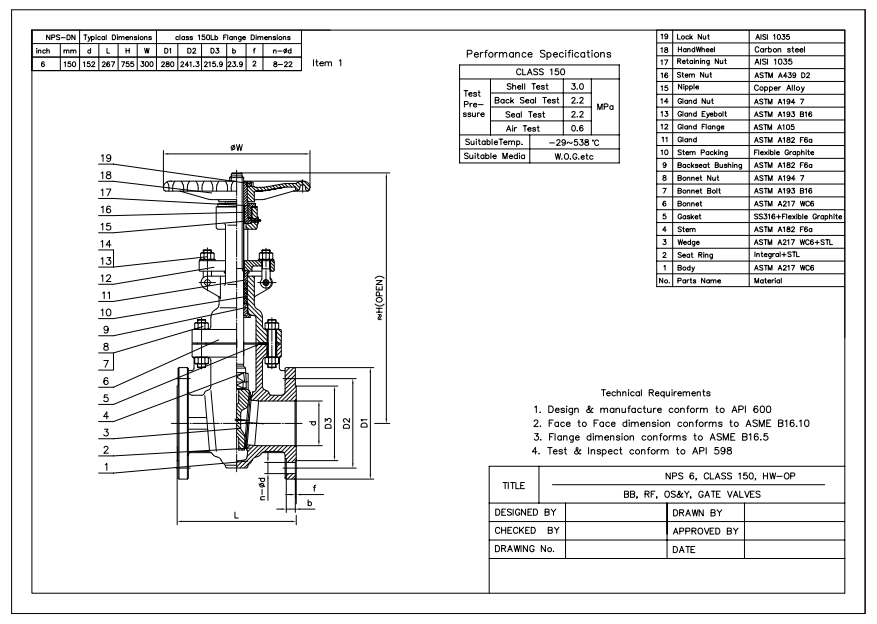
Dimension Checking
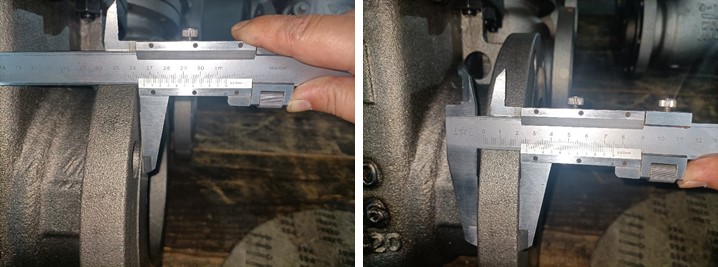
Pressure Testing
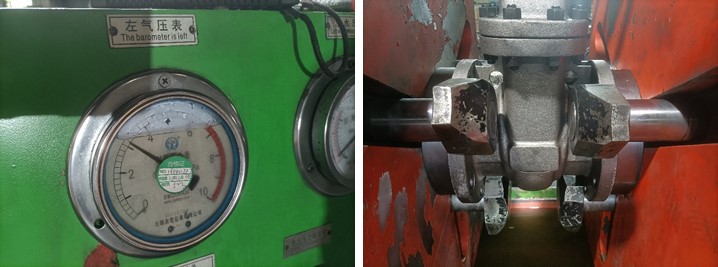
Painting
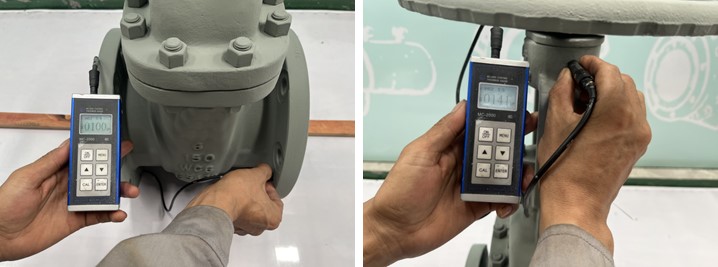
Nameplate & Packing
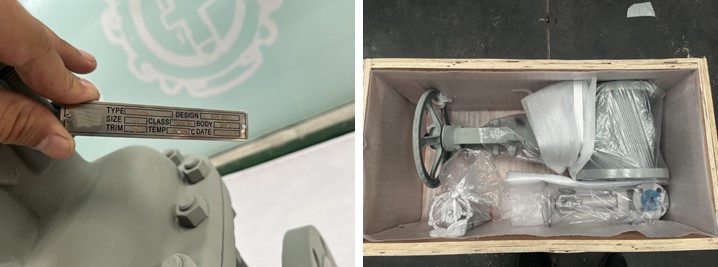
Inspection report
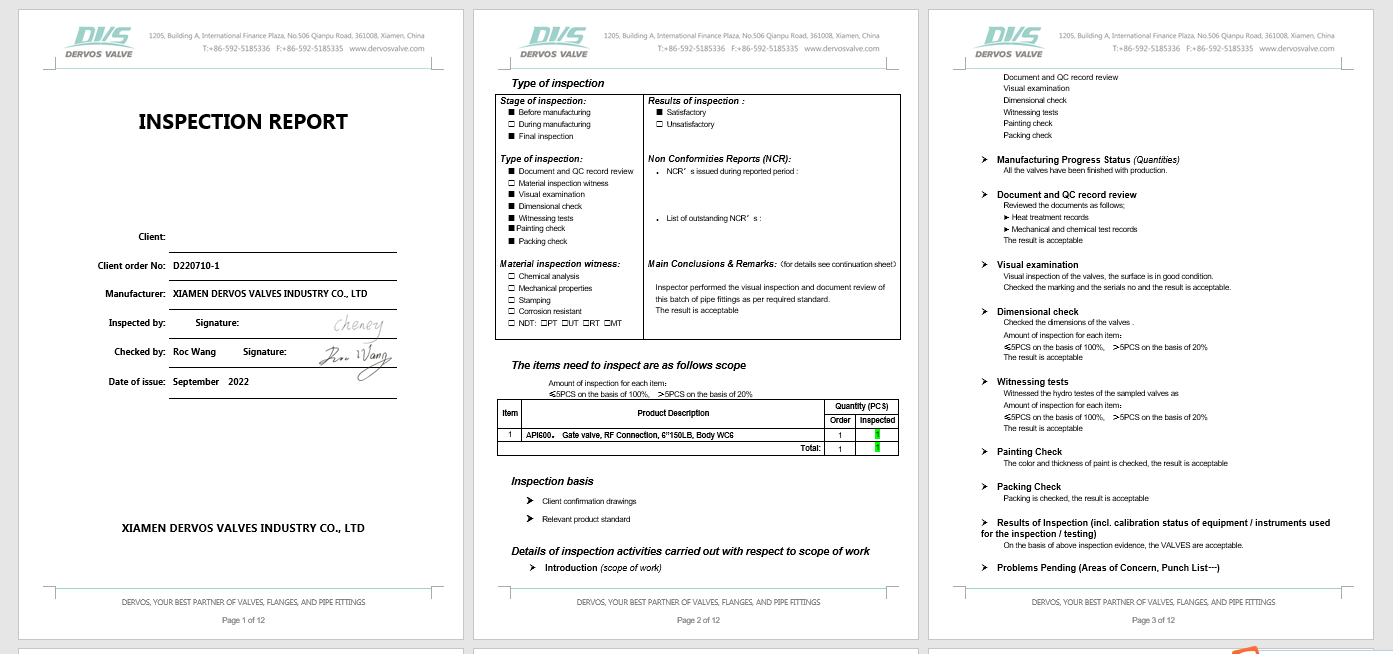
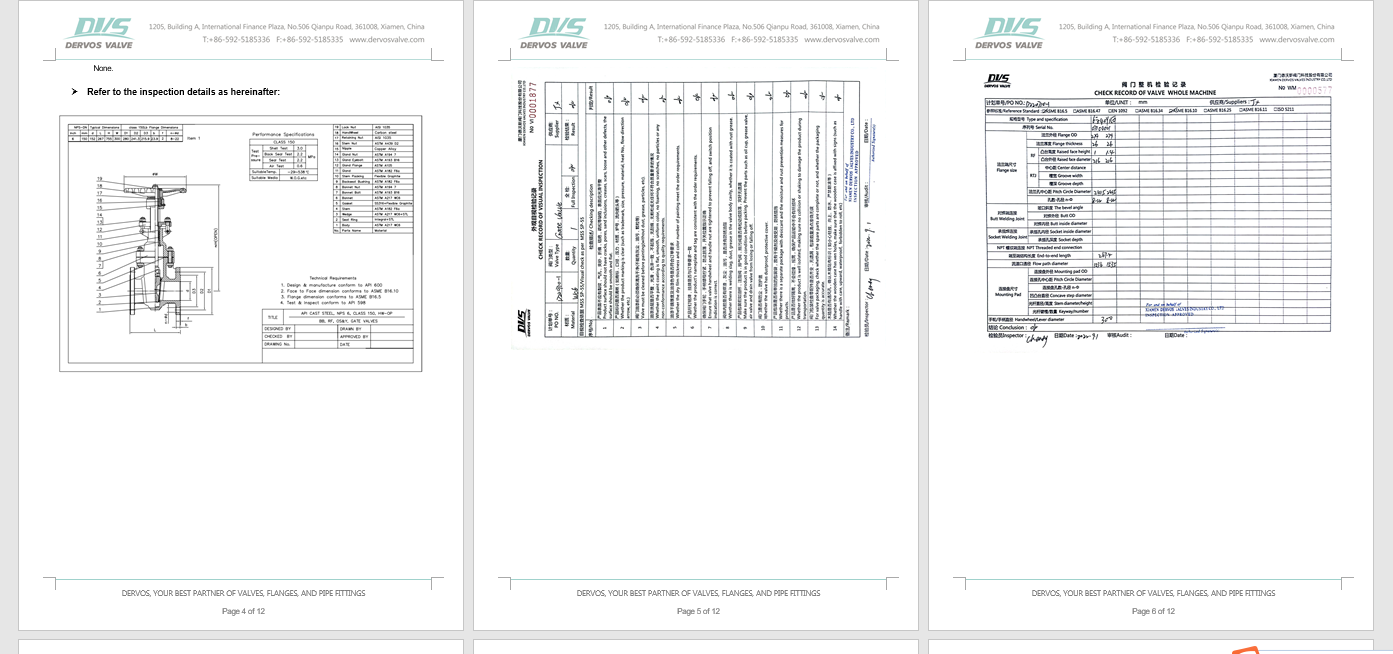
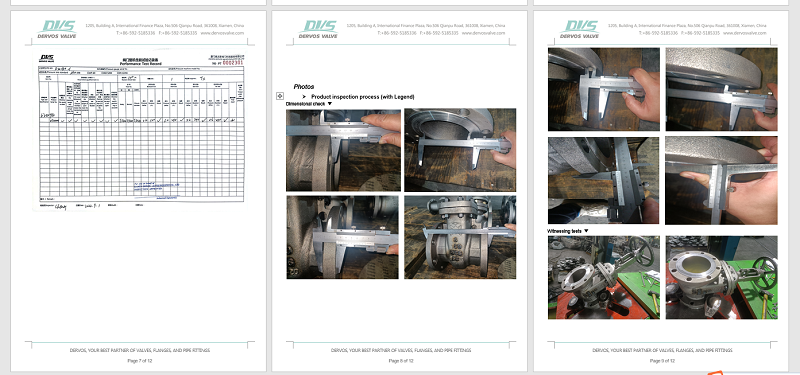
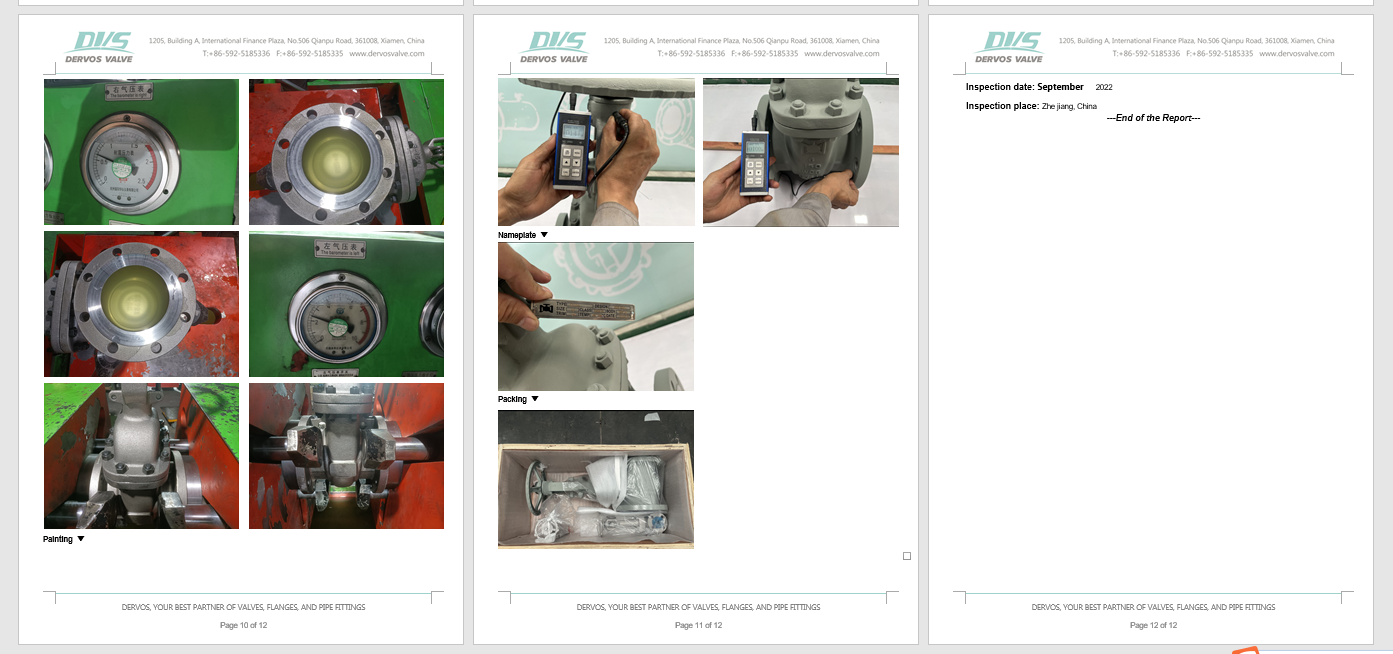
If you are interested in our products and want to know more details,please leave a message here,we will reply you as soon as we can.